Zac: When the Pandemic first became real is different for everyone. But for me it was closing the office in March 2020. I’ll never forget how that felt.
It was a mixture of anxiety and disbelief. Surely this wasn’t happening to us here in the UK?
You might recognise the stages I cycled through – denial, panic, chin-up, plan & attack. By summer 2020 we were on top of our business and managing the Pandemic with more confidence. Now I decided: TSP was going to emerge from lockdown better, stronger, and ready for opportunity.
But how?
In 2009 we launched TSP with great ambitions to build value by being disruptive, great employers, technology savvy, and well, just better! Our growth in the early years was meteoric, sometimes doubling and tripling our turnover.
As we teetered through our adolescence, we started having to embrace some grown up practises; personal development plans, management teams, benefits, culture, values – grown up stuff basically. It was messy and often haphazard. To employ the modern vernacular, ‘we did a lot of learning!’
We Grew Up
Despite the chaos of buying businesses, winning contracts, and navigating HR; we somehow held on to our culture and our vibe. Yes, we were profitable and busy. But organised? Not always. We needed some help.
Soon I learned of ‘Investors In People’. I’d seen their insignia on bigger companies’ letterheads and felt it was the mark of a ‘real business’. I went to JVW our MD and said, “we need to get this!”. It wasn’t the first time I was greeted with his non-descript and enigmatic facial expression. Latterly I have learned this is called ‘processing’.
To cut a long story short, we eventually went on achieve Investors in People Gold, putting TSP in the top 1% of Real Estate employers internationally.
Most importantly, what started out as the pursuit of a badge, became a process that drove fundamental and positive change throughout our burgeoning enterprise. We have been proud holders of this accreditation for 7 years now. We were suddenly grown-ups.
Sustainability Goes Mainstream
Fast forward to lockdown 2020. The conditions felt similar. I wanted a badge, a process, a framework, and a way of recalibrating our firm’s culture and mindset in the pursuit of something better. I knew it needed to be linked to sustainability because it’s what our amazing clients want.
But there is a problem. Our clients are engaged with sustainability. There’s no doubt about that. But there’s a general feeling of not knowing how to achieve it. What does ‘being sustainable’ even mean? It’s also been difficult to win business and convince clients to spend on sustainability when the returns haven’t been obvious.
But there is motion in the ocean. B Corp is one of those movements which is gathering momentum. I had tracked B Corp, seen more and more companies join, and yes you guessed it, by summer 2020 I was Zooming JVW to receive the ‘processing’ face.
How the Application Process Works
JVW: I had never heard of B Corp when Zac suggested we apply. So I naively thought that the process would be easy – tick a few boxes, pay a fee, then download the nice logo. I was very wrong.
The framework is rigorous and getting accredited took TSP more than a year. But in the end it was completely worth it. I learnt a lot and I think you would too.
The application is arduous for two reasons. First, B Corp is growing in the UK and dealing with huge demand. Second – and more importantly – it is just tough. When I saw that the questionnaire (called the Impact Assessment) had a total of 211 questions, I couldn’t believe it! I took a deep breath and made a start.
Some questions were easy to answer. But most needed further research, meaning I had to analyse every instruction TSP has done in the last year, and provide detailed information on staff benefits and policies. All this took time and collaboration.
Some questions didn’t seem relevant. Like asking about the number of TSP-managed car-free buildings. Was this important in London, where carpark-to-ft2 ratios died in the 90’s? Other questions were hard to answer without making uncomfortable assumptions – like the one about which suppliers are black or female owned. In the UK we are not in the habit of publicising this information.
Scraping it
Once everything was finished I felt confident. TSP’s score was 114 points, and the pass mark was 80. B Corp was in the bag! It was easy.
Next was the verification stage. The assessor went through every question and document I had submitted. They were firm but fair. There was a chance to respond and provide extra information during our Zoom calls. But anything with the slightest whiff of BS or overstatement was queried.
No proper evidence to support the answer? Points were cut.
I was starting to get worried when the score hit 90.
But you already know there was a happy ending. We scraped through with a final score of 82.6. I was relieved and proud.
I also had a new respect for B Corp. It’s trying to make business more sustainable and inclusive, which feels like an almost impossible task. It is network-building, but won’t accept any soft applications. It strikes a brilliant balance of rigour and values. So the chance of widespread B-washing is low. And it feels great to be part of the club.
From Beer to Banks
Now I notice the logo everywhere. I bought some beer made from recycled bread and it had the B Corp logo on it. TSP’s bank Coutts just announced it’s a B Corp.
Did the logo make me buy that beer or use that bank?
No.
But I do have a deeper affinity with those brands knowing that each has been through the B Corp mill. And next time I buy something I will view B Corps as premium products. I feel like the logo has true value. Soon I believe that many others will too.
Why B Corp is important
Zac: So why apply for B Corp? And why do business with a B Corp?
Well firstly any B Corp you deal with has made a concerted effort to show their model balances purpose and profit. It demonstrates the business has ethical bones, and that matters today.
I’ve written before about how business is changing; sustainability has moved from the Marketing Department to the Boardroom. The generational transfer of power from Baby Boomers to Millennials represents the beginning of a new mindset. There’s a clear effort to strip ‘harm’ out of our economy.
B Corp shows that some progress has been made. It’s an economic weathervane that proves if a company is sailing in the right direction.
Also, sustainability is now priced-in. In our future, poor environmental and social credentials will negate value in an increasingly profound way. For a company like TSP, which is supposed to add value and think long-term, there was no way we couldn’t become a B Corp. Our clients need us to live these values and bring them on our journey.
Why should your business become a B Corp?
In short, you don’t need to be a B Corp to succeed.
But if you’re like us at TSP, and love a good framework with some guidance and a solid goal, it’s the best way ensure your company is sustainable. From our perspective it’s all positives. Our team are happy, proud, and engaged. TSP’s culture has evolved and been boosted by the journey of applying. Our standing feels more authentic and robust.
Even better, B Corp has shown us that we can do much more. They were honest with us: we were just about good enough. But thanks to the framework we know exactly how to improve.
Our collective path to sustainability and carbon net zero won’t be the zero-sum game that some want. Change is hard, but incremental steps that accumulate on a global scale will get us there.
We’ve chosen B Corp as our staircase.
Featured Stories & Insights
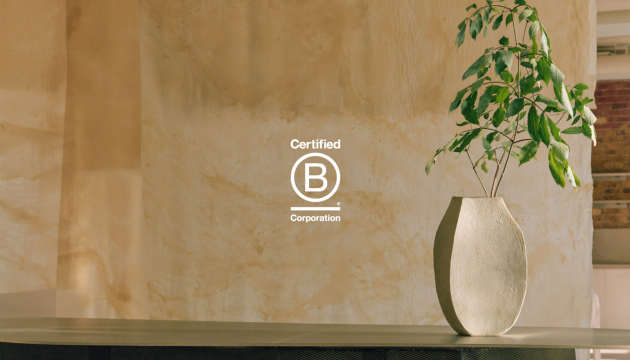 7th July 25
7th July 25
TSP Re-certified as a B Corp
LONDON, 7th July 2025 – TSP, a multi‑award‑winning investment and real‑estate asset manager headquartered in...
Read More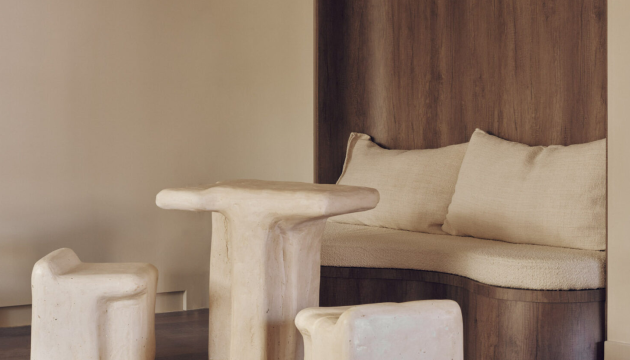 2nd July 25
2nd July 25
TSP CEO Zac Goodman Named Property Leader of the Year at Property Week Awards 2025
LONDON, 2nd July 2025 — TSP is proud to announce that CEO and founder Zac...
Read More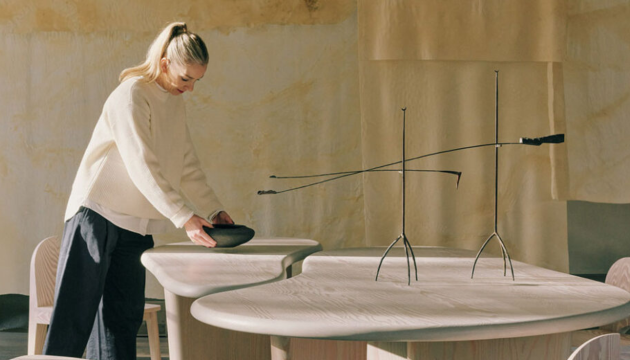 19th June 25
19th June 25
As Featured in: Flex and the City | How Zac Goodman made his mark in third sector property
TSP Founder and CEO Zac Goodman shares his remarkable journey. From analysing interest rates at...
Read More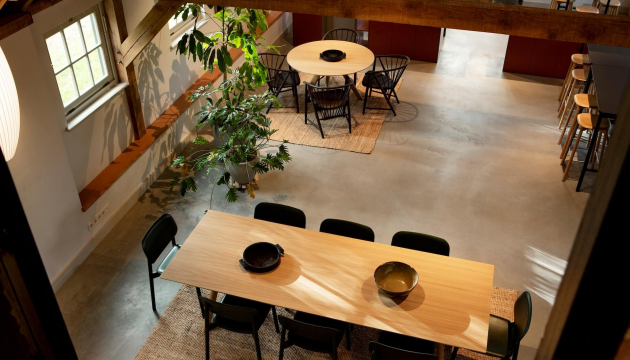 17th June 25
17th June 25
TSP and NORNORM Collaborate to Redefine Office Spaces in London
LONDON, 17th June 2025 – TSP, a leader in property and community management, has announced...
Read More 12th June 25
12th June 25
6 Mistakes to Avoid in Property Maintenance
Property management and maintenance can be a seamless process. But small errors can quickly escalate...
Read More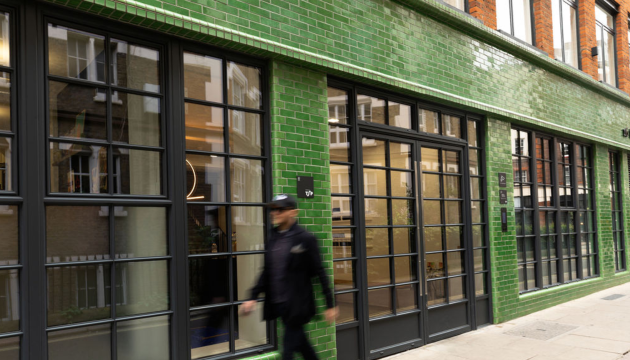 9th June 25
9th June 25
5 Common ESG Requirements and How To Address Them
As ESG considerations become a driving force in business, organisations are under increasing pressure to...
Read MoreView all